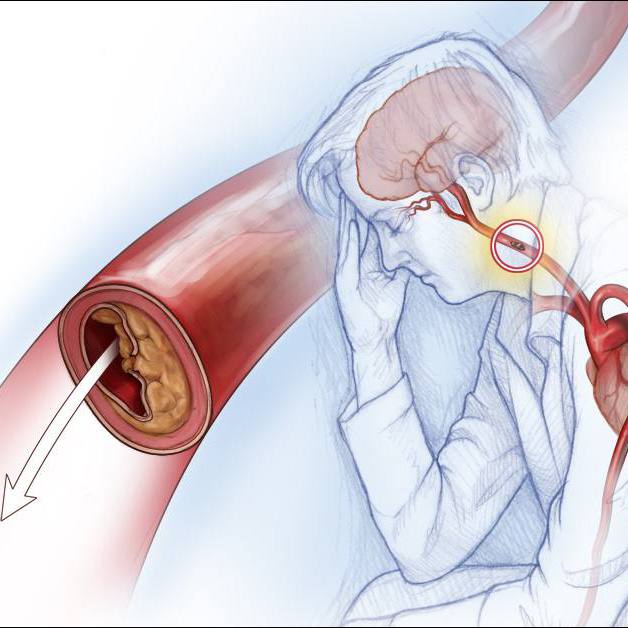-
Mayo Clinic Minute: ABCs of hepatitis
World Hepatitis Day takes places every year on July 28, bringing the world together to raise awareness of the global burden of viral hepatitis.
Hepatitis is a disease characterized by inflammation of the liver. It comes in many forms, including hepatitis A, B and C. But what do those letter designations mean, and how do they differ from one another?
Journalists: Broadcast-quality video pkg (0:58) is in the downloads at the end of the post. Please courtesy: "Mayo Clinic News Network." Read the script.
Approximately 5.3 million people in the U.S. have hepatitis.
“Anything that affects the liver and causes inflammation, by definition, is a hepatitis,” says Dr. Stacey Rizza, a Mayo Clinic infectious diseases specialist. “A is the first one, and that is the type of infection you get from eating contaminated water or foods. You could get very, very sick from it, but it doesn’t go on to be a chronic infection.”
Vaccines protect against hepatitis A, and are especially important for children and travelers.
“Hepatitis B is the second virus that was identified, and that is one that can cause a chronic infection, and we’re fortunate that we have a very, very effective vaccine for hepatitis B,” says Dr. Rizza.
Hepatitis C is transmitted from person to person through bodily fluids. The virus can cause liver damage and death.
“We do not have a vaccine for it, but we have, in the last several years, very effective therapies to treat hepatitis C.”
Related Articles







